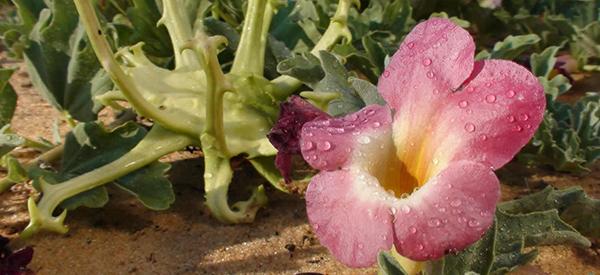
Devil’s Claw
Devil’s claw (Harpagophytum procumbens) is a flowering shrub represented by its fearsome-looking hook-like fruits that resemble a claw. These claws or pods are notorious hitchhikers that can cling to clothing and animal furs and get transported elsewhere. They are invasive, but these leafy perennial branching roots and shoots are used in the production of herbal drugs and dietary supplements. The plant is native to South Africa and is the floral emblem of Botswana. Locals believed that the this remedy can cure a variety of pain conditions and used it as an analgesic. For thousands of years, it was valued as a natural and herbal healing plant.
Harpagophytum procumbens shares the same name devil’s claw with the North American plants Proboscidea.
Where Devil’s Claw Is Found
Native to Southern Africa, the this plant stretches throughout the Kalahari savannahs. It is also found in the deciduous forest of Botswana, Angola, and Zimbabwe. This perennial herb thrives well in an arid climate and can grow almost anywhere globally.
Devil’s claw was introduced to Europe in the early 1900s, where the dried roots have been used to restore appetite, relieve heartburn, and reduce pain and inflammation.
Related: The Complete Map of Edible Plants: Find Out What You Have in Your Area! (Video)
How To Identify Devil’s Claw
This plant does not only possess fearsome-looking fruits, but it is also a notorious wild plant that can cripple or kill an animal. Animals that accidentally eat the devil’s claw can starve to death since the claw can attach itself firmly to the beast’s jaw.
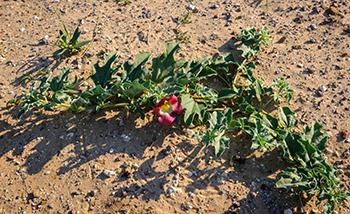
- Leaves. The leaves are very sticky and are covered with fine hairs. Its leaf blades are broad and ovate that measures about 6.5 cm long and up to 15 cm wide.
They are arranged alternately and opposite across the stem with a green to grey color.
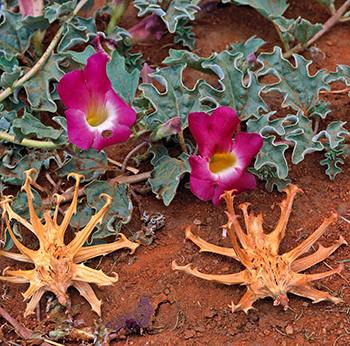
- Flowers. During summer, the plant flaunts its trumpet-shaped flowers with mottled corollas. Their color ranges from pink, and red, to purple blossoms with yellow or white throats.
- Fruits. After the flower blooms, it will give way to the fruits. The fruits are woody with long, branched protuberances that have barbs. The inner part of the fruit is also woody, with a fleshy exterior. When matured and dried, its inner pods split at the end like pointed claws. It tends to stick to animal fur or pants for seeds to be transported to other places.
- Seeds. Inside the seed pods are tiny seeds of about 40 per capsule.
- Roots. Devil’s claw has a branched root system and also branched and prostate shoots. The strong, central tap roots have upright collar-like sections with fissured cork layers and branch off horizontally. Its lateral or secondary tubers have thick nodes and are often light to brown or red to brown in color. The taproots can grow 2 meters deep while the secondary storage roots are 25 cm long and 6 cm deep.
- Stem. The stem is hollow with a slightly sticky gland covered with fine hairs. It secretes sticky and slimy fluid when briefly touched. This low-growing plant has a height of 50 cm but can spread up to 1.5 to 2 meters wide.
Related: Plant Identification Guide – 400 Wild Plants That You Can Forage For (Video)
Harpagophytum procumbens came from the Pedaliaceae family or sesame family. Its botanical name came from the Greek word harpago or hook, and phyton or plant. H. procumbens is mostly found in the southern and eastern regions of South Africa.
How To Grow Devil’s Claw
Devil’s claw is fond of growing in arid regions with plenty of sun. The plants can survive even in dry and disturbed areas. They are resilient to any condition. That is why, even without any intervention, they can proliferate like weeds.
Local farmers in South Africa also propagate using its seeds, cuttings, primary roots, or in-vitro cultivation. But amongst them, seed propagation is the most inexpensive and sustainable.
Propagating the Devil’ Claw Seeds
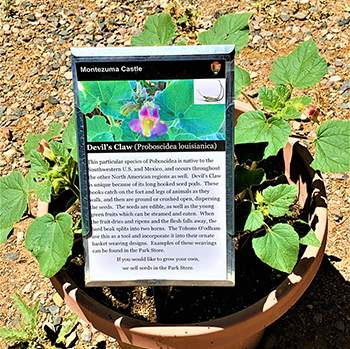 To germinate the devil’s claw seeds, soak them overnight in warm water to soften their seed coverings.
To germinate the devil’s claw seeds, soak them overnight in warm water to soften their seed coverings.
You may also scarify the seeds by rubbing them with sandpaper to remove the entire seed coat. Sow the seeds in potting soil about 2 to 3 mm deep. Moisten the soil and keep the pot in a warm place with a temperature between 25 to 35°C.
Devil’s claw seeds will germinate after 4 to 5 weeks.
Transplant the devil’s claw seedlings in rows at least 2 to 4 inches apart and water them every two days. Once established, you will only need to water them once a week.
Related: 10 Plants That You Should Never Plant Together (Video)
Plant Care and Maintenance
The good thing about growing a devil’s claw is its resilience and insusceptibility to pests and diseases.
They can also withstand slight frost. However, the plant can spread easily and get problematic in a small garden. To avoid overwhelming your garden with devil’s claw, make a trench in the ground and line it with mesh. It will prevent the plant from spreading too wide and deep.
The essential requirement for maintaining the devil’s claw is as simple as:
- Temperature between 17 to 30°C
- Watering once or twice a week (stop watering when the seedpods begin to ripen)
- Well-drained sandy-loam soil
- Compost or organic matter added to the soil
How To Harvest Devil’s Claw
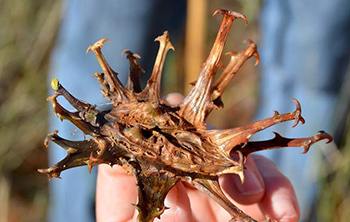 The roots are the essential part of the devil’s claw plant. But, it may take three to four years for the plant to mature and be ready for harvest.
The roots are the essential part of the devil’s claw plant. But, it may take three to four years for the plant to mature and be ready for harvest.
Harvesting the plant is done preferably in autumn when the seed pods are ripe and the claws of the fruit are formed.
The devil’s claw roots are dug up from the ground. Its secondary roots are harvested for medicinal use while the primary roots are set aside for replanting. Pickax, spades, blades, and other tools are useful for digging the roots. But it can also be done by hand or by using a digging stick.
After harvesting, the secondary roots are cut into pieces, about 2 cm long. You may keep the dried materials in a clean container until ready for use. Devil’s claw can last for up to two years in cool and dry storage.
What Devil’s Claw Is Good For And Natural Remedies Made From It
Some prescription medicines for rheumatism use devil’s claw in their ingredients. It is sold in the local and international markets and used for numerous conditions all over the world. Traditionally, it was used in South Africa to reduce fever and relieve pain such as after childbirth and treatment of wounds.
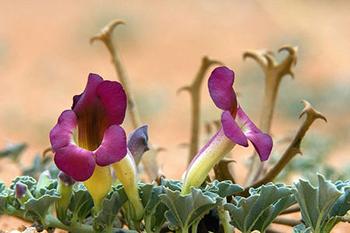 Devil’s claw is most prized for its anti-inflammatory property. It contains iridoid glycosides that are also an antioxidant for warding off free radicals. Thus, it is a popular treatment for arthritis, rheumatism, and lower back pain.
Devil’s claw is most prized for its anti-inflammatory property. It contains iridoid glycosides that are also an antioxidant for warding off free radicals. Thus, it is a popular treatment for arthritis, rheumatism, and lower back pain.
Research also proves the anti-inflammatory effect of the devil’s claw when tested with NSAID. The study reported similar improvement in pain, mobility, and physical impairment in patients with low back pain.
In homeopathic medicine, the devil’s claw is also valuable for its anti-allergic property. It can help fight infections in the respiratory and digestive systems. It may also clear congestion and chest pain, heartburn, and other stomach problems.
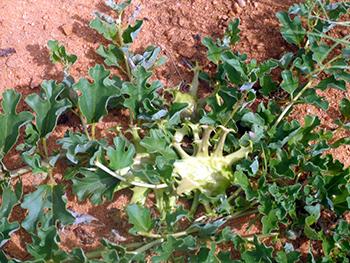
Women who have difficulty with their menses can also use devil’s claw to ease their symptoms. It is also traditionally considered for helping women who have difficult pregnancies, but it still lacks supporting studies as of today. It was a popular analgesic not only after birth but also during child delivery in ancient times.
Externally, devil’s claw is used for treating skin ulcers and lesions. Its dried roots are pulverized and made into an ointment for topical application.
It is also an excellent appetite modulator. Its root extract contains ghrelin or a derived stomach peptide that circulates the hunger hormone. It also improves digestion which is beneficial in managing obesity and proper weight maintenance. In modern medicine, devil’s claw is clinically used as a dyspeptic aid for treating dyspepsia.
Related: 10 Medical Supplies You Need to Have in Your House (Video)
Based on its long-standing use, devil’s claw is important in the treatment of the following health conditions:
- Arthritis, osteoarthritis, tendonitis, and other joint pains
- Allergy and infections
- Afterbirth pain, difficult menses, difficult pregnancies
 Any inflammations
Any inflammations- Atherosclerosis and poor blood circulation
- Fever
- Digestive complains
- Respiratory ailments
- Liver and kidney problems
- Pancreatitis
- Skin problems
- Obesity
What Parts Of Devil’s Claw Is Used For Remedies
The devil’s claw secondary roots are the most essential part of the plant. But its leaves are also useful in folk medicines. The leaves are prepared as an infusion or pulverized for topical application.
The tuber of the plant is marketed commercially for the production of food supplements. Devil’s claw is available in the form of capsules, pills, tablets, tinctures, and ointments or creams. The roots are also sold dried in many herbal stores. But, it is not so often that you will see fresh roots unless you are growing your own plant.
The young fruit of the devil’s claw is edible and is cooked as a vegetable similar to okra. Its young pods and seeds may also be roasted for consumption. It is added to food not only to bring texture, but to add nutrition as well.
When buying food supplements, it is very necessary to read the labels. Devil’s claw is often adulterated with other similar bitter-tasting herbs with sub-par medicinal quality. So, make sure that the label says it only contains Harpagophytum procumbens as an ingredient. You should also consider well-known brands with established market presence as they are regulated by certifying bodies.
Devil’s Claw Healing Salve
What you will need:
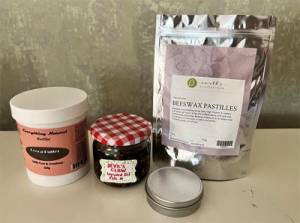
- Double boiler or microwave
- Small, empty jar with a lid to put the ointment
Ingredients:
- 6 Tbsp devil’s claw infused oil
- 1 Tbsp beeswax
- 1 tsp cocoa butter
Steps:
- Mix the devil’s claw oil, beeswax, and cocoa butter.

- Heat the mixture in a double broiler with low heat or on ½ power microwave until the beeswax melt.

- Pour the devil’s claw salve into the ready jar and let cool.

- Cap the salve, label it, and keep it in a cool and dry place.

How To Use This Remedy:
You can use this healing salve for headache, nerve-type pain, lower back pain, and joint pain. You may also apply it to sores, boils, and skin ulcers. Use the salve twice a day to get relief from your symptoms.
The dosing for oral intake varies per patient age and health condition. But the safe dosage should not exceed 600 mg a day. When taking devil’s claw tea, always take it right before meals to avoid gastrointestinal disturbances.
Related: Similar to Morphine: The Best Natural Painkiller that Grows in Your Backyard (Video)
Warnings And Cautions
The safety for long-term use is not yet established. Thus, it should not be used for a prolonged period and beyond the recommended dosage. It is also best avoided by pregnant and lactating mothers for lack of supporting studies.
Devil’s claw may exhibit gastrointestinal side effects and is not recommended for patients with duodenal ulcers and gallstones. Do not use it if you have IBS, GERD, and peptic ulcers.
Devil’s claw supplement also interacts with other medicines, herbs, and food supplements. When taking medication, always consult your doctor before using any homeopathic herbal supplements.
More studies are needed to support the effectiveness of devil’s claw in several medical conditions. So, always take it with caution and do not use it without proper consultation with a medical professional.
You may also like:
 10 Medicinal Herbs to Plant in Early Spring
10 Medicinal Herbs to Plant in Early Spring
Ancient Japanese Tonic Melts 54 LBS Of Fat (Drink Daily Before 10 am) (Video)
Vervain: The Medicinal Plant that Should be Part of Your Apothecary
Foods And Herbs That Increase Libido and Others That Kill It

 Any inflammations
Any inflammations
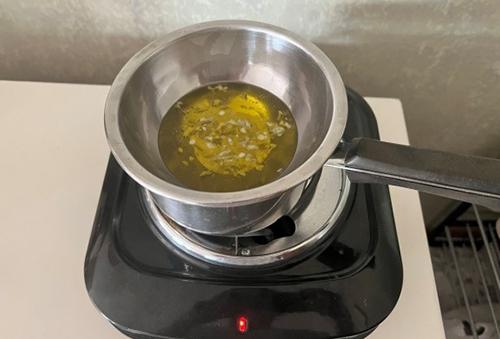
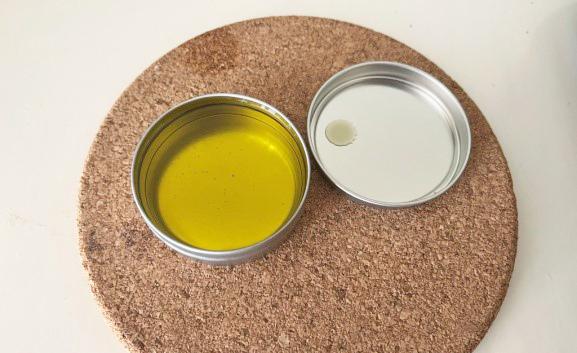
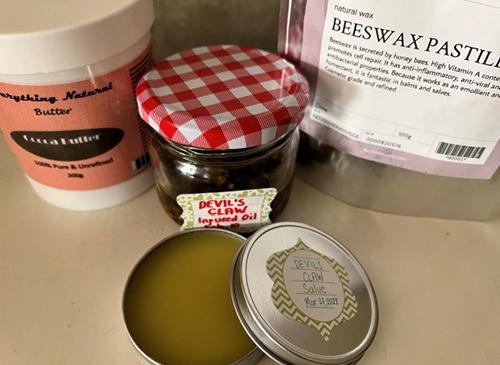
Love your info
Hi Anne
I live in N. CA. and about 5 years ago, we had a plant grow in our field that I didn’t recognize. We let it grow and was told it was Devil’s Claw. This plant had light pale flowers, and, the claw that grew on it looked like an actual Talon. The talons/claws were dark brown to black and were about 4 – 5 inches long. Have you ever seen this variety? I took a photo of it, and moved the photo to my computer. If I find it, I’ll forward it on to you.
My doctors won’t comment on any herbs and I can’t afford a herbalist…even if I could find a good one (Columbus Ohio). ? I need to know if there are interactions with my other meds. Any ideas please? or referrals?
As an integrative pharmacist, herbalist and integrative medicine fellow, I run interaction checks for patients for a small fee.
Your pharmacist should be able to assist in that information for you.